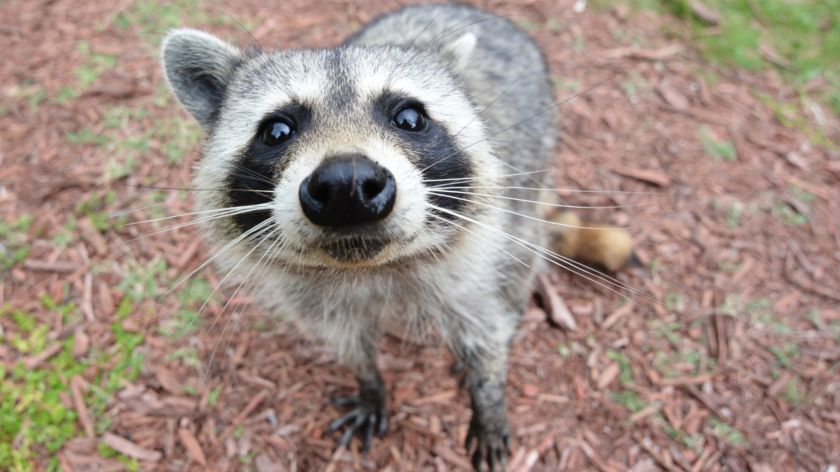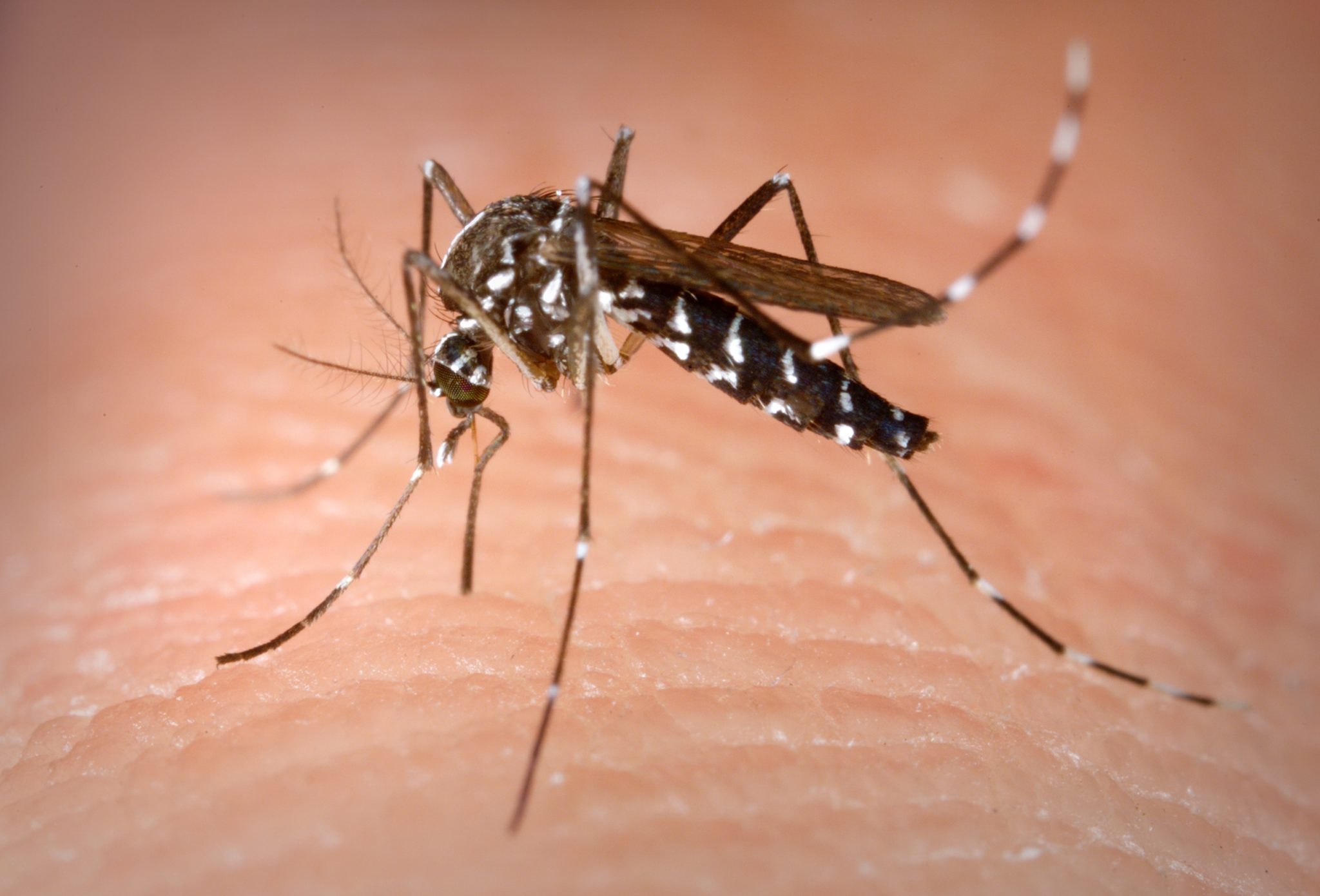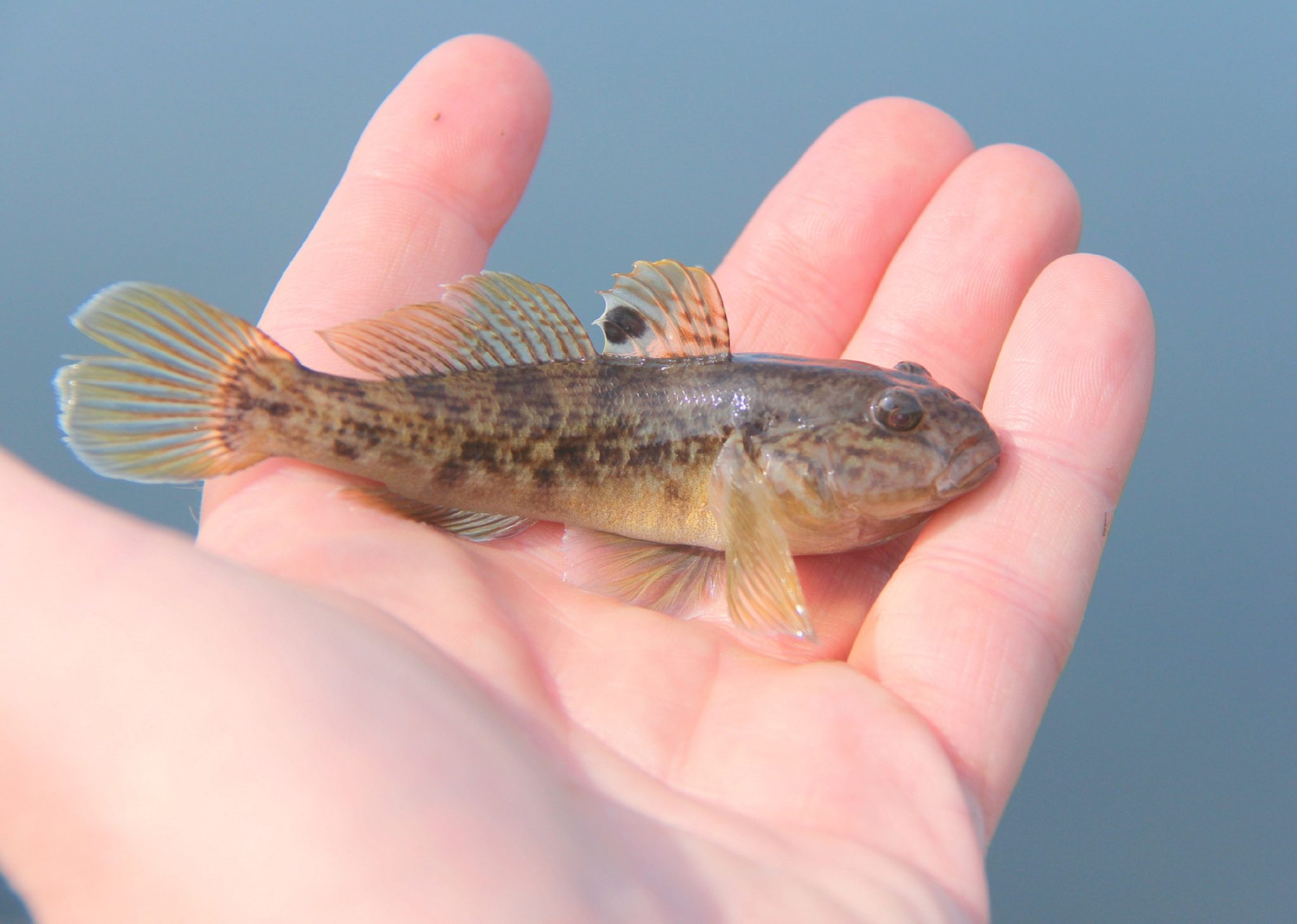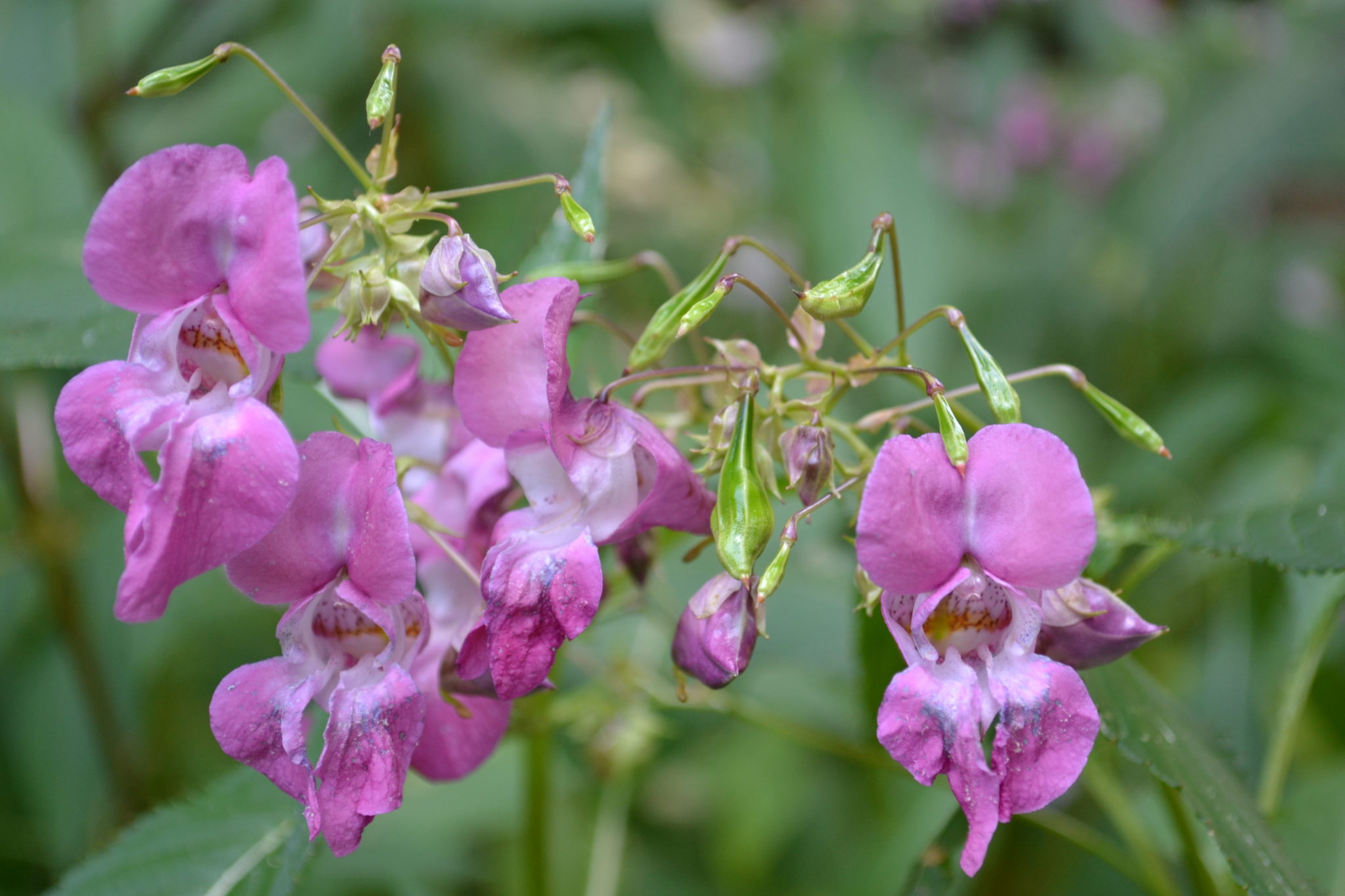Racoons not welcome
-
 Foto: Wikipedia
Foto: Wikipedia
Racoons can make you ill, as can Asian tiger mosquitoes. Professor of Invasion Biology Rob Leuven says the Netherlands should be more pro-active in its fight against dangerous species. And we should create a delta plan to ensure that plants that threaten our ecosystem are not allowed to spread.
Racoons may look all innocent with their big brown eyes, but you certainly don’t want one in your garden. These small mammals carry roundworms that get into your head and eat away your brain tissue. This can be lethal. It is therefore hardly surprising that the European Commission has labelled racoons ‘undesirable’ and made control compulsory for all member states. Racoons come from North America, and were released in Germany shortly before World War II by Hitler’s deputy Rudolf Hess because they were so much fun to hunt.
Rob Leuven from Radboud University has specialised in invasive alien species and is the first to hold a chair in this field in the Netherlands. In anticipation of his inaugural lecture today, he shares a few examples to show why we have to do everything in our power to defend ourselves against dangerous intruders.
Asian tiger mosquito
It’s pretty simple: this tiny monster in striped pyjamas, sighted only a few weeks ago in Weert and the Achterhoek, can bring people to death’s door. It carries dengue fever, the Zika virus, and other scary diseases. Whenever a specimen is sighted, the Nederlandse Voedsel- en Warenautoriteit (Netherlands Food and Safety Authority, NVWA) rushes to the scene to exterminate it. ‘Right now, tiger mosquitoes cannot yet settle in the Netherlands all year around, because the winters are too cold,’ says Leuven. ‘But what about five or ten years from now, when the temperature rises further and we have a series of milder winters?’ This is why it’s essential to nip the problem in the bud.
‘Alien species are among the top five most important environmental problems facing the EU’
Tiger mosquitoes are by no means the only dreaded insect to have made it into our habitat via the “lucky bamboo” trade, tyre import, or even returning vacationers. What about the Asian hornet? It has already spread to Belgium and is soon expected to cross the border. This giant wasp not only has a nasty sting, it also eats honey bees, which can potentially reduce the fertilisation of certain crops and throw the ecosystem off balance.
Round goby
Voracious small fish from the rivers surrounding the Black and Caspian Sea. Entered the Netherlands via the Danube and the Rhine, sometimes swimming, sometimes catching a lift on ship ballast. First found in the Waal in 2007. Why is it considered undesirable? ‘Because it devours our endangered indigenous bullhead (also a fish, ed.),’ says Leuven. The round goby can rightly be called invasive, since it reproduces at the speed of light. The Dutch rivers hardly contain any predatory fish that will eat it, as opposed to the situation in its original habitat. Why is that so bad? ‘Species are important for the overall functioning of an ecosystem. As a result of alien species spreading, we see that the species composition in various parts of the world is increasingly similar. This is a threat to diversity and leads to more and more species becoming extinct.’
The problem of alien species is listed among the top five most important environmental problems facing the European Union, says Leuven. However, since the round goby is indigenous to some member states, the little fish is not included in the European list of undesirable species. The Netherlands should therefore implement its own measures. Such as? ‘You can make the river colder. Since 1900, the water temperature has risen by five degrees as a result of heat discharge and climate change. Reduce the number of cooling water discharges. The colder water makes it easier for indigenous species such as ides, barbels and river lampreys to cope, and this will suppress the goby population. For example, eels eat round goby spawn.’
Another solution is to lay longitudinal dams along the waterway, to create a side channel and reduce the suction caused by shipping. Indigenous fish are more easily disturbed by water movements caused by ships than are invasive alien species. Such dams have already been constructed in the Waal near Wamel, and they work.
Lionfish
If you take the Antilles into account, the Netherlands can also be said to border on the Caribbean Sea, home to the lionfish. It certainly lives up to its name, since it is single-handedly emptying out the sea. A 2014 study in the Bahamas – another one of its haunts – has shown that more than 75% of young indigenous fish have disappeared from the coral reefs where lionfish are found. This monster fish has no natural enemies. It originally comes from the Pacific and was popular as an ornamental fish in aquariums. One day, a Florida aquarium enthusiast got fed up with his pets and threw five of them out into the sea at his doorstep. This was the start of an invasion by the beauty that lays thousands of eggs. Armed with harpoons, conservationists are launching massive offensives against the lionfish.
But there may soon be another solution. Leuven: ‘A colleague of mine in Malta, where the lionfish has also been signalled, told me that they are training groupers to eat lionfish. Groupers are apparently not sensitive to the poison.’ The groupers are trained to see small lionfish as prey and play their role of natural predator. This behaviour is then copied by other groupers.
Impatiens glandulifera
A plant with beautiful pink and purple flowers, but very aggressive. If not controlled, may take over the vegetation of entire woodland edges, and stream and ditch banks. The impatiens glandulifera, brought once upon a time as a garden plant from the Himalaya via England to the Netherlands, also forms a threat along riverbanks. ‘It’s an annual plant’, explains Leuven. ‘And after the flowering period it leaves behind bald spots, thus causing erosion.’ The plant or seed spreads via lawnmowers and appears on the EU’s “unwanted” list. Citizens can help extermination along by simply pulling the plants out – preferably before seed setting. This summer, in Biddinghuizen, a group of volunteers launched an offensive against the impatiens glandulifera by jointly ‘cleaning out’ a bit of forest.
The impatiens glandulifera is at least as threatening as the Japanese knotweed, which repeatedly made the national news in the past weeks, but it’s easier to tackle. The Japanese knotweed destroys dykes, pavements and foundations, and takes over ditches and roadsides. Its roots run deep and small fragments quickly grow into new plants, making it difficult to eradicate.






